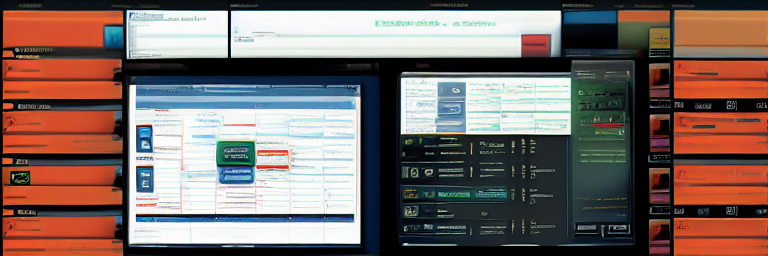What is App Integration
App integration is the process of connecting two or more applications together to allow them to exchange data and work together. This process enables users to combine the different functionalities of different apps, allowing them to create a more efficient and powerful workflow. Integration also allows users to access information from multiple sources in one place, eliminating the need to switch between multiple applications.
It can be used to manage data and information more efficiently, automate processes, and provide a better customer experience. It also allows users to make better use of their applications and increase the value of their data. By integrating different apps, users can access more data faster and make more informed decisions.
Too, it can be done in various ways, such as through the use of APIs, webhooks, and third–party services. APIs allow applications to communicate with each other, while webhooks enable applications to receive notifications from other applications. Third–party services provide additional features, such as analytics and reporting. Integrating apps also helps to improve user experience by providing users with a seamless workflow. For example, an e–commerce business can integrate their point–of–sale system with their inventory management system, which will allow them to easily track their sales and inventory. Likewise, a customer service business can integrate their customer relationship management system with their ticketing system, allowing them to quickly respond to customer inquiries.
App integration is an important part of any business’s digital transformation. By connecting different applications, businesses can improve their customer experience, increase their efficiency, and create a more powerful workflow.
Advantages and Challenges
Advantages
App integration offers a range of benefits to businesses, including increased efficiency, cost savings, and improved customer experience.
- Increased Efficiency: App integration helps streamline business processes by eliminating the need to manually transfer data between various applications. This, in turn, reduces the amount of time and effort required to complete tasks.
- Cost Savings: Application integration can reduce costs associated with manual data entry and eliminate the need for additional hardware and software.
- Improved Customer Experience: it helps provide customers with a better experience by providing them with access to data and services in one place.
Challenges
Application integration is not without its challenges. Some of the major challenges include:
- Security: App integration can involve transferring sensitive data between applications, which can pose a security risk. It is important to have a secure integration process in place.
- Not all applications are compatible with one another, making it difficult to integrate them.
- Maintenance: Once an app has been integrated, it may need to be maintained and updated regularly to ensure it is functioning properly.
- Complexity: it can be a complex process, requiring a deep understanding of the underlying technology.
Considerations for Application Integration
App integration is an important consideration when developing an app. It is important to consider how your app will interact with other apps and services that are available.
When integrating with other apps, it is important to consider the type of data that is being shared, as well as the security measures that need to be in place. It is also important to consider how the app will interact with the user’s device.
It is also important to think about how the app will be able to communicate with external services and APIs. This can be done through web services, or by using specific protocols.
Finally, it is important to ensure that the integration process is easy to use, and that the user experience is not compromised by the integration process. This can be done by testing the integration process, as well as providing clear instructions for the user.
Future Outlook for Integrating Apps
The future of app integration will be characterized by greater flexibility and more scalability. Companies will be able to quickly integrate multiple apps, allowing them to create powerful experiences for their customers. This will be made possible through advances in cloud computing and the use of APIs.
Companies will also be able to customize their integration experiences with the use of tools such as AI and machine learning. This will allow companies to create more personalized experiences for their customers and make their application integration more seamless.
Finally, the future of integrating apps will be marked by the emergence of new technologies such as blockchain, which will allow companies to securely transfer data between apps without the need for a third–party intermediary. This will revolutionize the way companies use apps and create a new level of trust between customers and companies.
It is becoming increasingly important as companies look to create comprehensive experiences for their customers. In the future, advances in technology and the emergence of new technologies will make app integration even more powerful and capable of delivering personalized, secure experiences.

